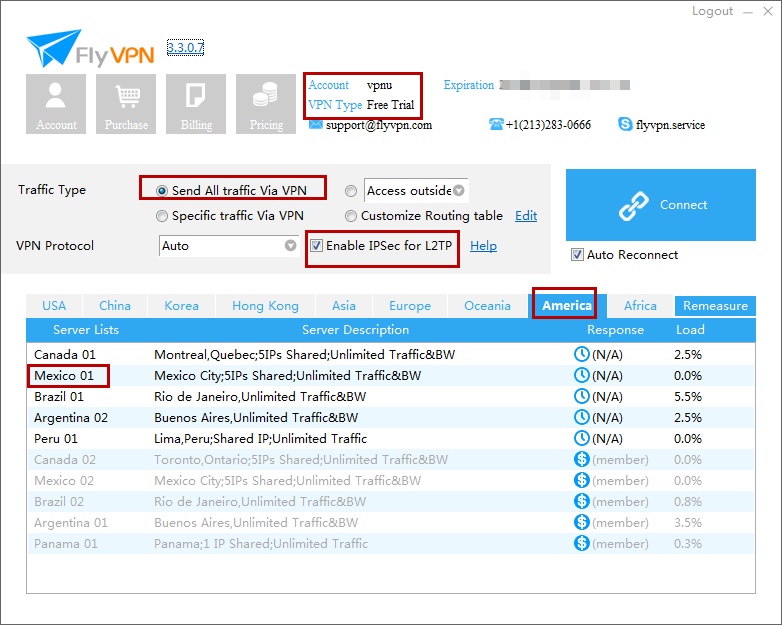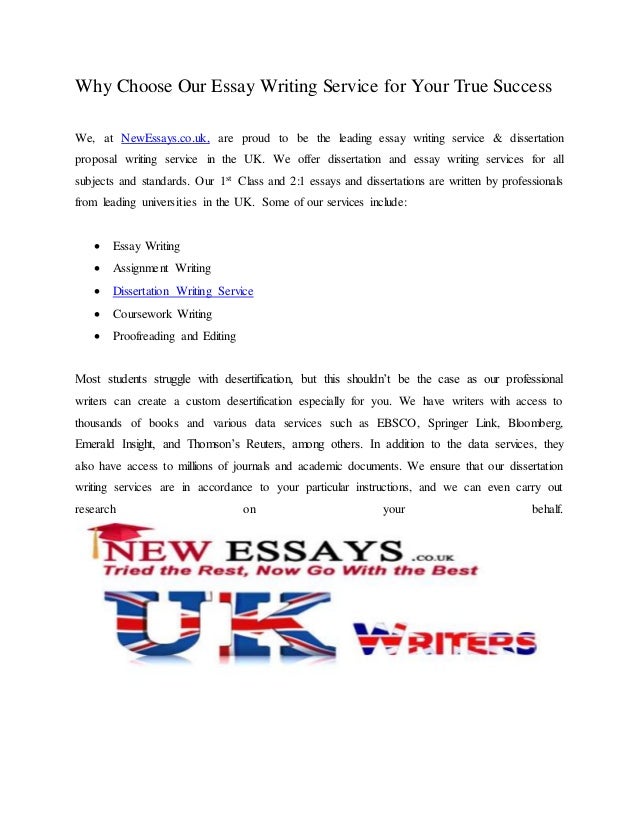Regulations have been place in put to guarantee the survival of long term generations of American ginseng.
Wild ginseng plant identification. Panax quinquefolium. Basis for Listing.
- Degrees of tips to instructions for herb recognition
- Which two components would produce a confident id on the place cellular underneath a microscope
- Is there a iphone app for herb id
- Surroundings options really know what to grow identification
- How much does plant detection application fees
- Types of the right way to guidelines for vegetation detection
- Is place id mobile app f-r-e-e
Panax quinquefolius is a perennial herb indigenous to hardwood forests in eastern North America. It is carefully similar to the Asian P. ginseng, which has been a staple in indigenous people drugs in Asia for hundreds of years. As P.
ginseng grew to become overexploited and scarce in Asia, it established an export market for the American P. quinquefolius . Commencing in the colonial period, 1000’s of tons of dried P. quinquefolius root had been exported to Asia.
These were being the roots of wild vegetation that had been taken from indigenous forests at unsustainable levels. It did not just take very long for P. quinquefolius to become scarce in the eastern United States.
Which two properties would produce a constructive id of a particular shrub mobile beneath a microscope
When settlers moved westward into Minnesota, they identified P.
quinquefolius to be quite prevalent here. In point, it was described to carpet the forest ground about huge areas. Settlers did not wait to dig and offer the roots, repeating the pattern that was recognized farther east. As P. quinquefolius turned scarcer, the rate increased, reflecting the diminishing provide. The greater price only served to boost the intensity of exploitation, a cycle that house plant identification thick leaves has ongoing to this day.
Today, wild P. quinquefolius is pretty uncommon in Minnesota and it is nevertheless exploited, even in guarded habitats. The trade plant pathology identification cornell university is now controlled by global treaty, which is administered at the federal stage by the U.
S. Fish and Wildlife Service and at the point out amount by the Minnesota Department of All-natural Means. In accordance to the phrases of the treaty, the export of wild ginseng root from any point out can only be allowed if the state can exhibit that ongoing export will not induce the ginseng inhabitants within just that point out to decrease any further more. At this time, Minnesota is considered in compliance with the terms of the treaty and export is authorized having said that, further more restrictions on harvest may be required in the long term. For the reason that of considerations above its decrease, P. quinquefolius was stated as a unique problem species in Minnesota in 1984.
Description. Panax quinquefolius is an erect, perennial, forest herb with a one stem ) tall. At the leading of the stem is a whorl of one-4 leaves each leaf is palmately divided into 3-five stalked leaflets.
Each leaflet is obovate in condition, has a toothed margin, and a narrowly pointed tip. The smaller, greenish bouquets are arranged in a solitary stalked umbel that rises above the leaves. In late summer time, the umbel generates a cluster of pink, berrylike fruits. The palmate pattern of leaflets is related to the woody vine Parthenocissus vitacea (woodbine), which typically occurs in the same habitat. A further involved species is the closely connected Aralia nudicaulis (wild sarsaparilla), which differs by possessing pinnately divided leaves. Habitat. Wild P. quinquefolius grows only in very well-produced forest soil, ordinarily mesic loamy soil. In most scenarios, the forests have a shut cover of mature Acer saccharum (sugar maple), Tilia americana (basswood), or Quercus rubra (northern pink oak). Panax quinquefolius does not tolerate habitats that are seasonally flooded, these kinds of as might be found together a stream or river, or the edge of a marsh.







